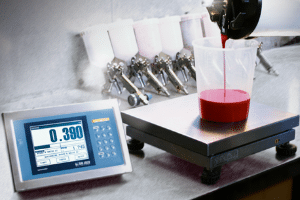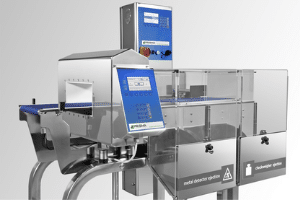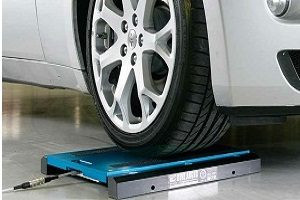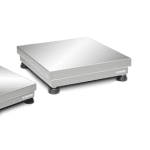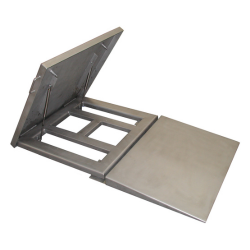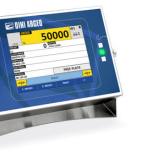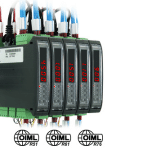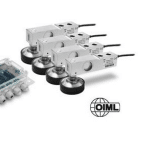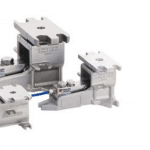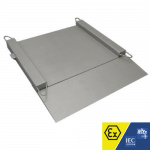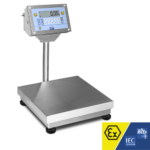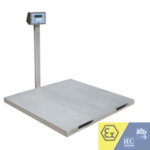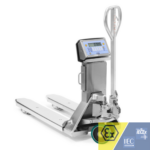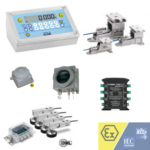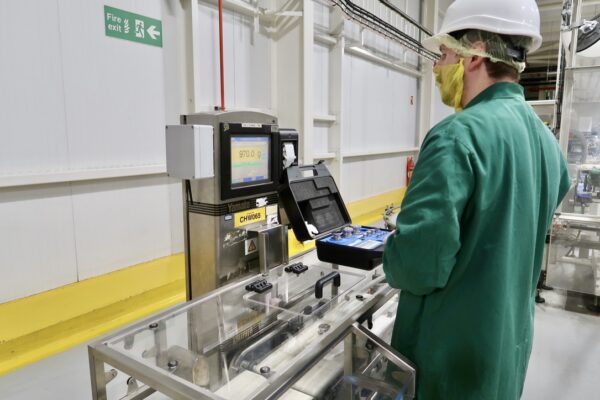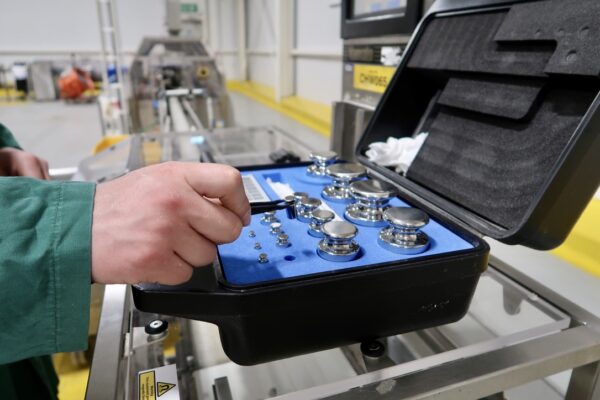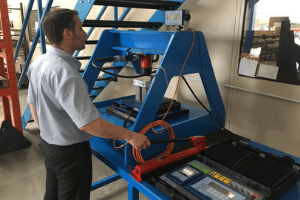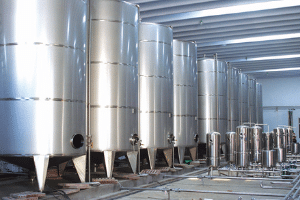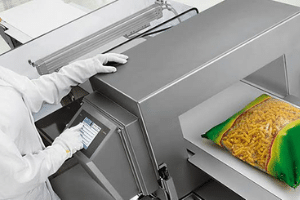Load Cell Kits
We provide a range of off the shelf load cell kits for replacing load cells in existing machines or building your own weighing solution.
The load cell kits can be integrated into applications in a variety of ways – please call or use the online chat for advice about which kit is suitable for your needs. Kits can also be made up of other types of load cell components so you can rest assured there is the perfect load cell kit for your application.
Examples of where these kits have been utilised recently by clients include small electrical food mixers and mounted under gravity fed conveyors.
Load Cell Kits
Micro Weighing Solutions offers load cell kits that are dependable and, just as important, affordable. These load cell kits transform any platform or vessel into an integrated weighing system. You will need instructions on the proper setup methods and installation for them to work correctly.
We are always happy to provide what we recommend for your scale building needs. Simply ask to speak to one of our process weighing team.
The first thing you should do is determine the dead load of the system and the maximum live load. The dead load is the total weight of the structure that the load cells support. When making your own weighing scale, you need the proper size load cells to perform the task with ease. This first step is crucial. You will want to make that load the necessary minimum system capacity. Once this has been determined, you will need to divide that load among the number of load cell mounts, in our case, 4. We offer load cell kits in groups of four with various capabilities due to the multiple sizes.
Example of How we Determine the Size of Your Load Cell Kits
Let’s take a look at an example. If your vessel has a deadweight of 1,500kg and you have an anticipated live load of 5,000kg, you would have a combined total of 6,500kg. From there, you will need to divide that weight up by four, so you would be looking at 1,625kg per load cell. We like to round this up for safety measures and suggest a 2,000kg load cell or 2,500kg load cell, at a minimum.
Since most of these systems are under constant load, it is common for them to creep a little. This is why the load cells must be large enough. Because of this, we will often recommend a load cell that is double that of the necessary capacity.
We don’t recommend trying to figure out what load cell kits you need on your own; when building your own weighing scale, you need to count on the experts. Contact us today if you are interested in building your own weighing scale – our engineers are always standing by ready to assist.
Installation of Load Cell Kits
When installing load cell kits, you need to consider the structure that the load will be sitting on. Quite often this is the floor. However, it could also be different areas of the building’s structure. If there isn’t enough strength, footings or piers will need to be added. This will add additional support required by the entire structure to sit on.
Once the footing is stable, it is then important to ensure that each load cell takes on the same about of dead weight. This is done by testing the millivolt readings. Once they are as close as possible, you can secure the load cells. Then grout the stands to ensure they don’t move.
Keep in mind, for the scales to work, you must deliver materials in a way that doesn’t interfere with the load cell mounts for your vessel.
If you have questions or concerns regarding building your own weighing scale or building scales in general, don’t hesitate to give us a call or chat to an online representative.
